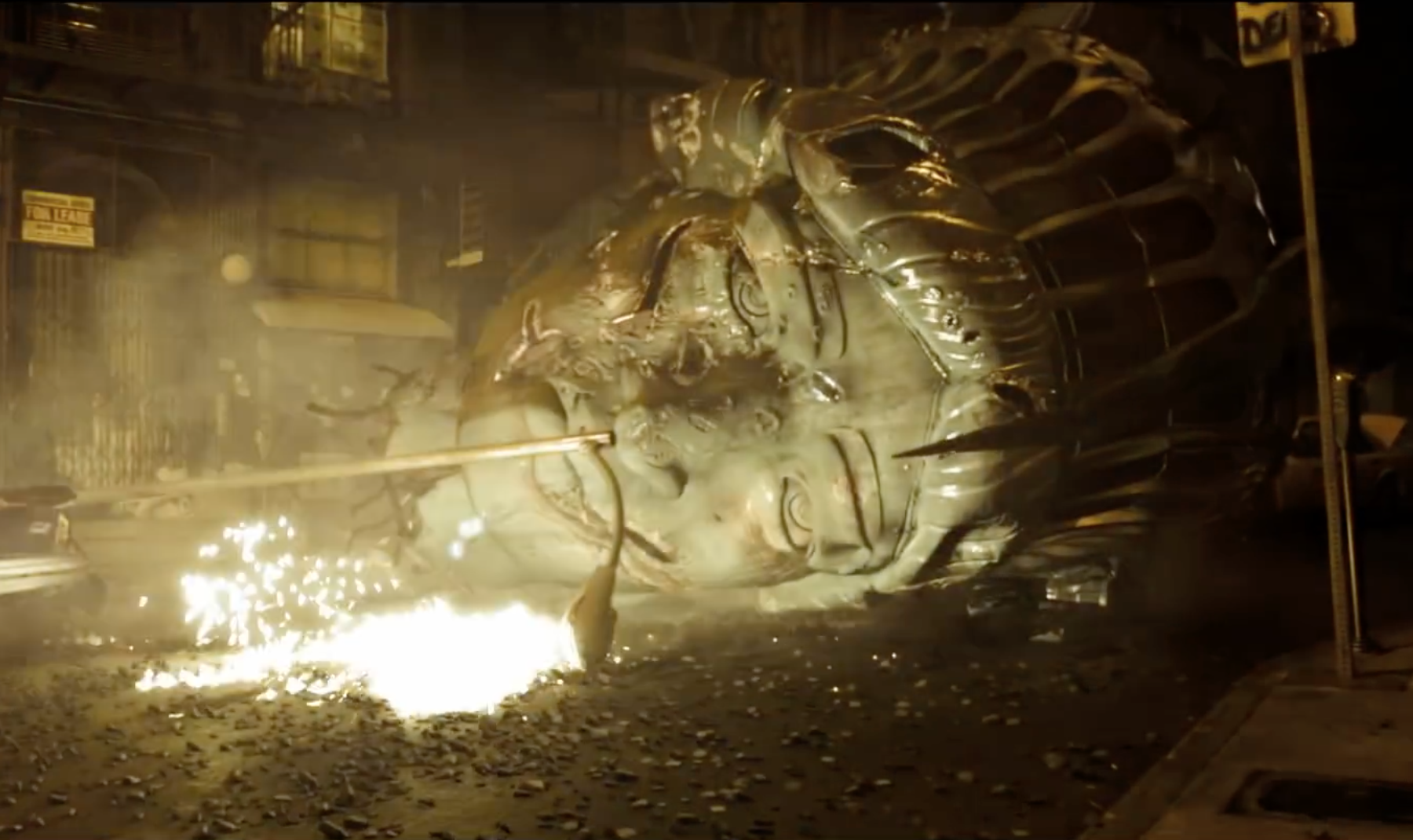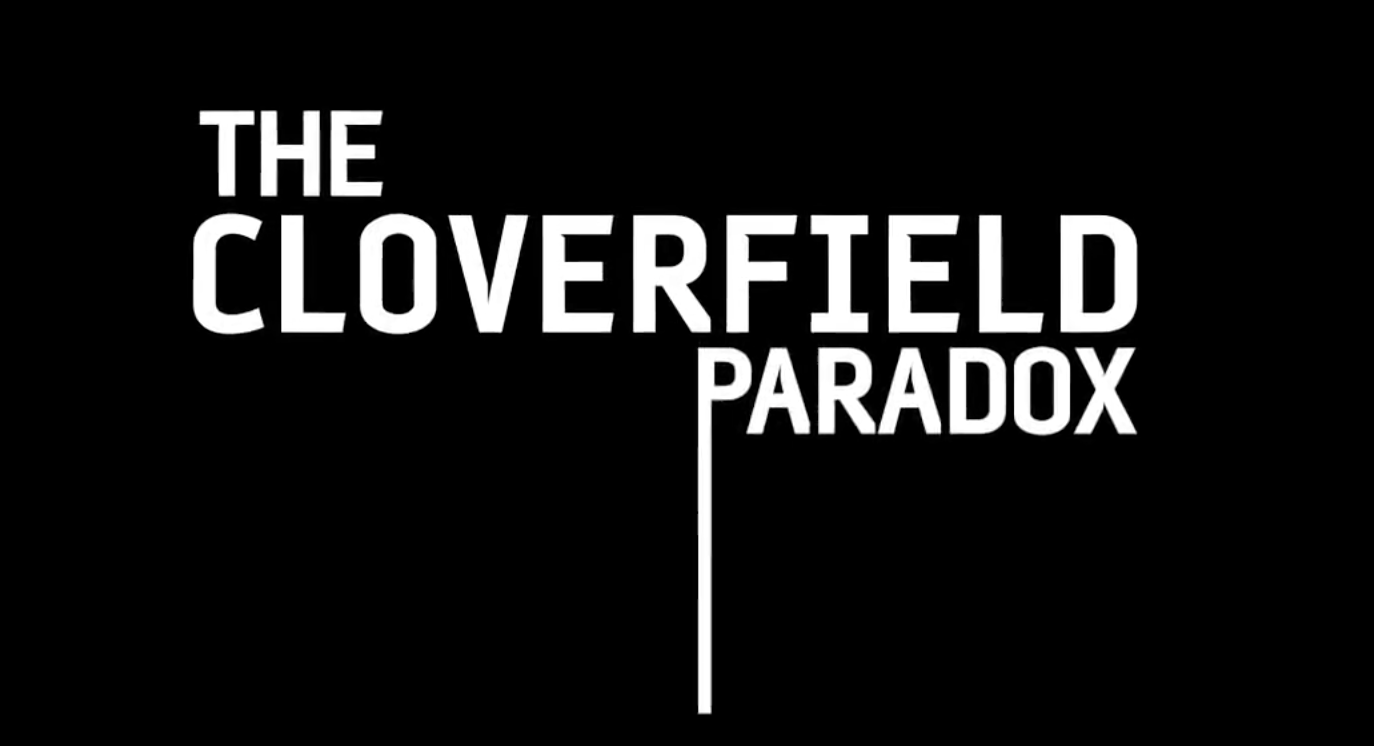Cloverfield fans rejoiced during the last half of the Super Bowl, after Netflix announced it’s newest special, The Cloverfield Paradox. It was a simple ad, a black screen with words. And sci-fi fans prayed the game wouldn’t go into overtime, extending their wait for control over the TV.
Cloverfield Paradox begins in a familiar setting. A nighttime traffic jam with characters who are used to electricity blackouts and bumper to bumper traffic, as the world they inhabit struggles to produce the resources it’s population demands.
These first two characters, Ava and Michael Hamilton aren’t your typical Cloverfield characters, living passively in their inconvenient world. They sit in their car discussing a solution, and whether Ava should play a part in it. Their focused conversation and playful attitudes towards the world’s growing chaos, show their big picture understanding of the problems.
Michael encourages Ava to disregard his feelings in calculating her dilemma. Her circumstance isn’t immediately obvious until the next scene, when she’s suddenly onboard a space station orbiting Earth’s atmosphere.
 The main plot begins there. Ava Hamilton is one of seven in the crew onboard the Cloverfield Station, an international effort to solve the world’s energy crisis. The vessel is home to the highly experimental and controversial Shepard particle accelerator, and the crew of scientists and engineers tasked to make it work.
The main plot begins there. Ava Hamilton is one of seven in the crew onboard the Cloverfield Station, an international effort to solve the world’s energy crisis. The vessel is home to the highly experimental and controversial Shepard particle accelerator, and the crew of scientists and engineers tasked to make it work.
The crew’s success with the Shepard could mean an infinite supply of energy for Earth, which is at the brink of world war over the last remaining energy sources. Conspiracy theorists back on the ground warn of unfathomable consequences, claiming that the Shepard’s success could rip a hole in space-time, unleashing monsters and beasts around the world.
These far fetched theories hardly bother the scientists, the pragmatic thinkers who are so close to solving the world’s energy problem. German physicist Ernst Schmidt, and Chinese engineer Tam, emerge from a montage presumably covering two years of work, ready to fire up the Shepard. Their first attempt proves fruitless, opening up drama between the diverse crewmembers.
Shepard’s second attempt is a success, for about five seconds before the Cloverfield Station has a power surge and Earth disappears. The crew frantically works to figure out what exactly happened, as the story moves back to Michael Hamilton back on Earth.
Michael is awoken by explosions of fire and unexplainable roars happening right outside his window. His phone is blowing up too, with confused and desperate messages asking Dr. Hamilton to report to the hospital and get to work as soon as he can.
 The mystery of the Cloverfield event remains foggy throughout the film, as it had in the previous two. We as viewers get snippets of information as the plot carries on, but we’re still left wondering what the heck is going on. The Cloverfield Paradox finally, though vaguely, explains what the blue flash of light was, and how the monsters terrorizing humanity came to be.
The mystery of the Cloverfield event remains foggy throughout the film, as it had in the previous two. We as viewers get snippets of information as the plot carries on, but we’re still left wondering what the heck is going on. The Cloverfield Paradox finally, though vaguely, explains what the blue flash of light was, and how the monsters terrorizing humanity came to be.
The Cloverfield Station is plagued with mind bending problems through to the end. Perhaps the most consequential is the addition of a crewmember who is found in a wall. The British engineer named Mundy lightens up the story with his light hearted and humorous responses to unbelievable problems, even after his arm is mysteriously severed from his body.
The Cloverfield Paradox carries on in typical Cloverfield fashion with characters dying off, the survival of the fittest and constant but unique problems. The main character, in this case Ava Hamilton, survives the chaos as she should, only to re-enter the dangerous and bewildering reality unfolding on Earth.
The Cloverfield series is an interesting mashup of science fiction and horror, a story that resembles a puzzle with pieces that fit together as chaos transpires. The Cloverfield Paradox is available only on Netflix.
Will Drewing
Reporter

